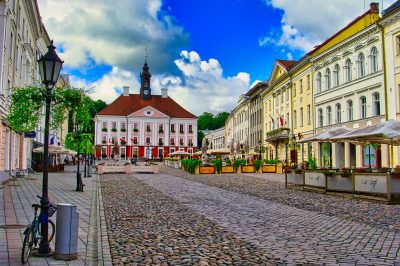The title “European Capital of Culture” has been awarded since 1985. The title has become a real tourist magnet and has ensured a long-term revival of tourism in many areas, new cultural facilities and increased media interest. Today, we would like to introduce you to all the cities in Eastern and Southeastern Europe that have held the title of European Capital of Culture so far or will have the privilege of being European Capital of Culture in the future. There are some surprises in the list, so get ready for an exciting journey through Central and Eastern Europe and the Balkans!
The Beginnings
In the first few years, things looked pretty lousy for Eastern Europe, which was also due to the fact that in connection with the political upheavals in Eastern Europe and the accompanying social changes, quite different things initially seemed important. Moreover, the title of European Capital of Culture is awarded by the European Union, which has only included states in Eastern Europe since the EU’s eastward enlargement in 2004.
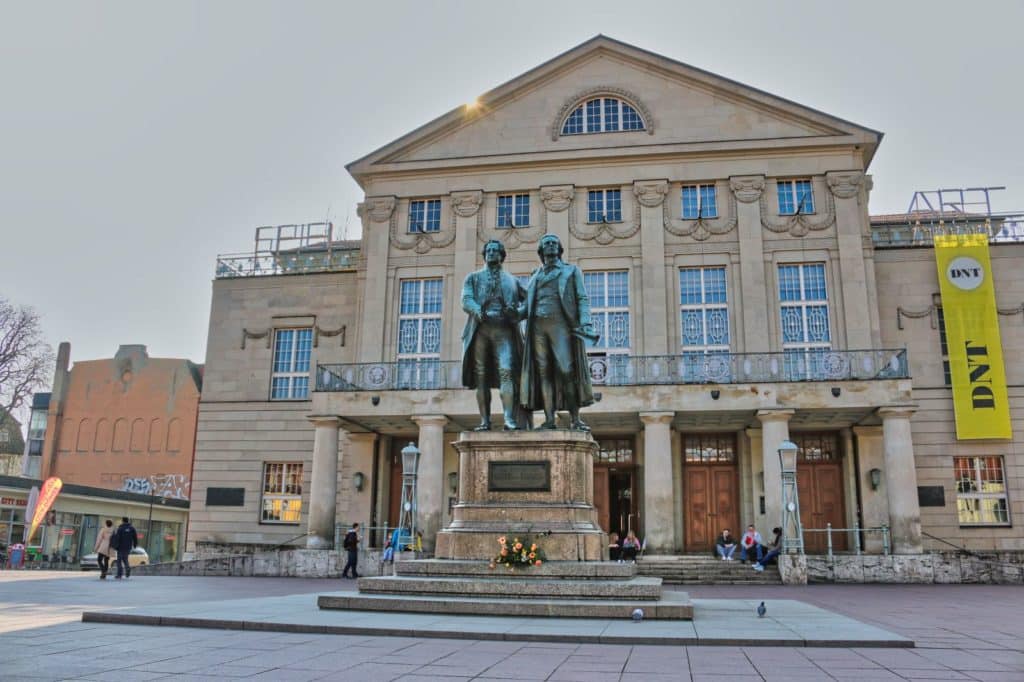
Weimar
After Athens, Florence, Amsterdam, West Berlin, Paris, Glasgow, Dublin, Madrid, Antwerp, Lisbon, Luxembourg, Copenhagen, Salonika and Stockholm, the time had finally come in 1999 and Weimar became the first European Capital of Culture in the former Eastern Bloc. At the same time, Germany was the first country to have two Capitals of Culture. And the choice could hardly have been better, after all Weimar is not only beautiful, but historically considered one of the most important cultural centers in Germany. Johann-Wolfgang von Goethe and Friedrich Schiller lived here, along with a number of other representatives of the classical period. You can still experience this heritage today in the numerous museums of the Classics Foundation and thus transport yourself to this high phase of German literature.
Weimar Classicism is a World Heritage Site, as is the Bauhaus, which did not originate in Dessau, as some believe. The Bauhaus comes from Weimar – this was also the name of an exhibition with which the city of Weimar drew attention to the emergence of this school of modernist architecture. Weimar is also the cradle of the Weimar Republic, Germany’s first democracy.
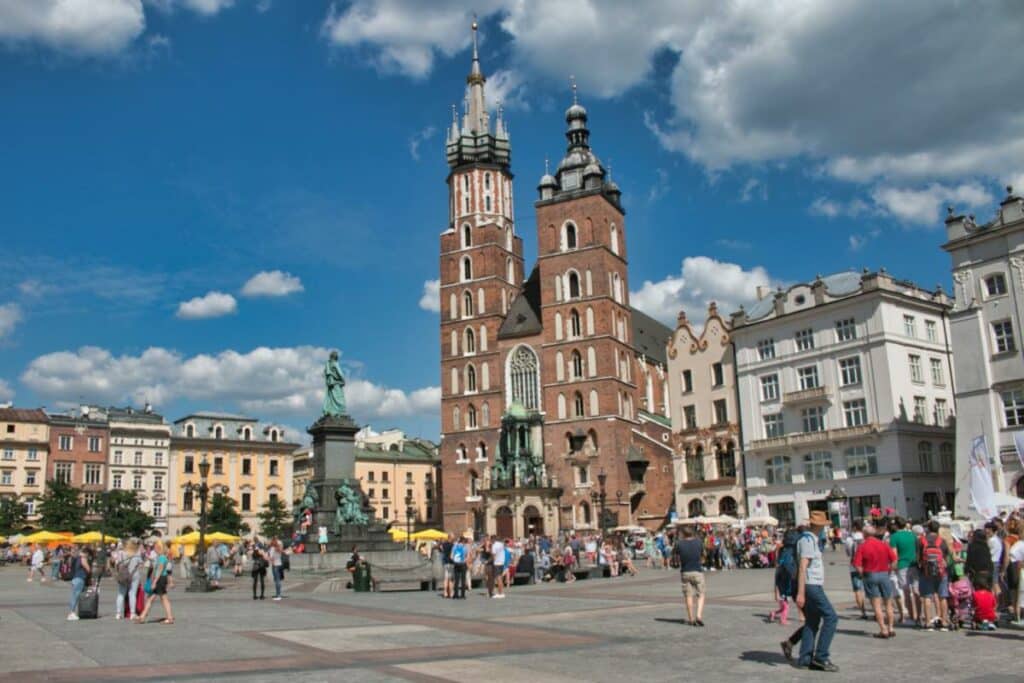
Krakow
The year 2000 was, in a sense, a “mega-year” of European Capitals of Culture. As many as nine cities throughout Europe held this title, including Krakow, Bergen, Reykjavík and Prague, four places that were not (yet) part of the European Union.
Krakow was the capital of Poland for centuries and has an impressive ensemble of buildings from different eras. Since the city was almost not destroyed during the Second World War, today it resembles a huge open-air museum. In addition to the many Renaissance and Art Nouveau buildings, exciting modern buildings have also been added in the recent past. And with Kazimierz and Nowa Huta, Krakow has two districts that could not be more different. Many Cracovians therefore still regard their city as a “secret capital”.

Prague
Prague is often called the “Golden City”. And indeed, there is something magical about the Czech Republic’s capital on the Vltava River. The medieval streets, designated a UNESCO World Heritage Site, the many Gothic and Baroque buildings, the famous castle or the Charles Bridge – there really is no shortage of sights in this city of over a million inhabitants. But Prague was also chosen as the European Capital of Culture because it symbolizes the European idea like few other places. Not only was the first university in Central Europe located here, but Prague is also a cradle of German, Jewish, Czech and Austrian culture.
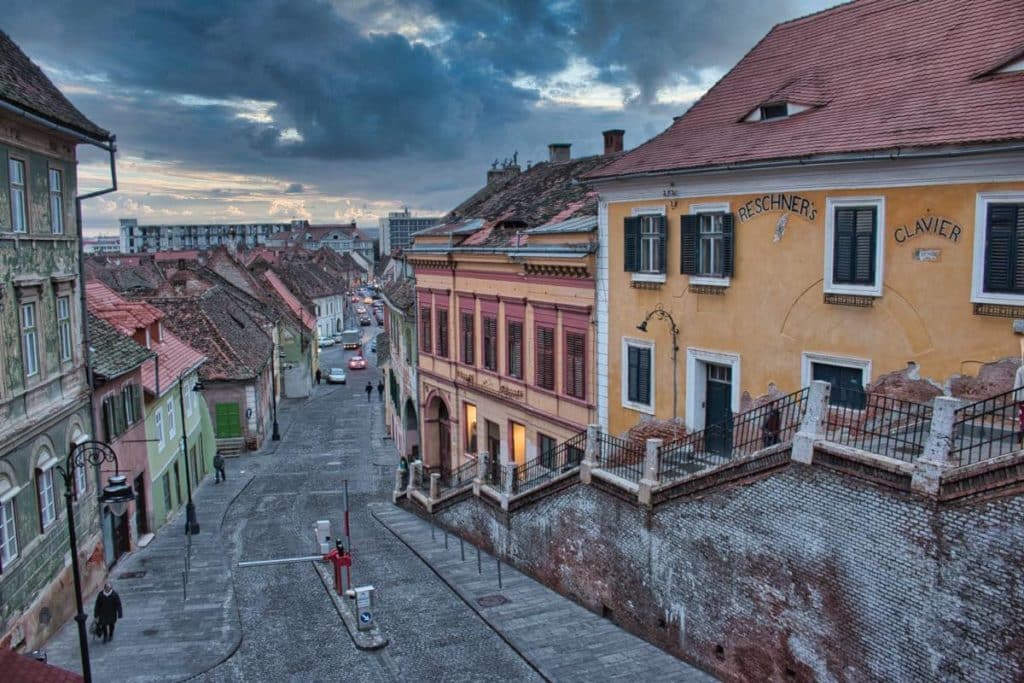
Sibiu
In 2007, Romania and Bulgaria had joined the European Union in the second round of the EU’s eastward enlargement, which is why more and more eastern European countries subsequently became Capitals of Culture. Since the EU then comprised almost twice as many countries as before, it was decided to always declare at least two cities as European Capital of Culture. The first to enjoy this privilege was Sibiu in 2007, directly in the year of Romania’s accession, and it hosted the Capital of Culture year together with the city of Luxembourg.
But why Sibiu and not the Romanian capital Bucharest? The reason is that the EU determines which country symbolizes the European idea particularly well. At least at that time, because in the meantime the countries themselves determine in national tenders or by decree which city wins the race. So today, the member states can decide for themselves when it’s each country’s turn (the list of countries is already fixed until 2033).
Sibiu also perfectly embodies the European idea. The Transylvanian city is called Hermannstadt in German and Nagyszeben in Hungarian. The Capital of Culture year led to a small boom in the city. The old town was renovated and central squares such as the Great and Small Ring were completely redesigned. And so Sibiu became one of the cities that benefited most sustainably from the title of European Capital of Culture.
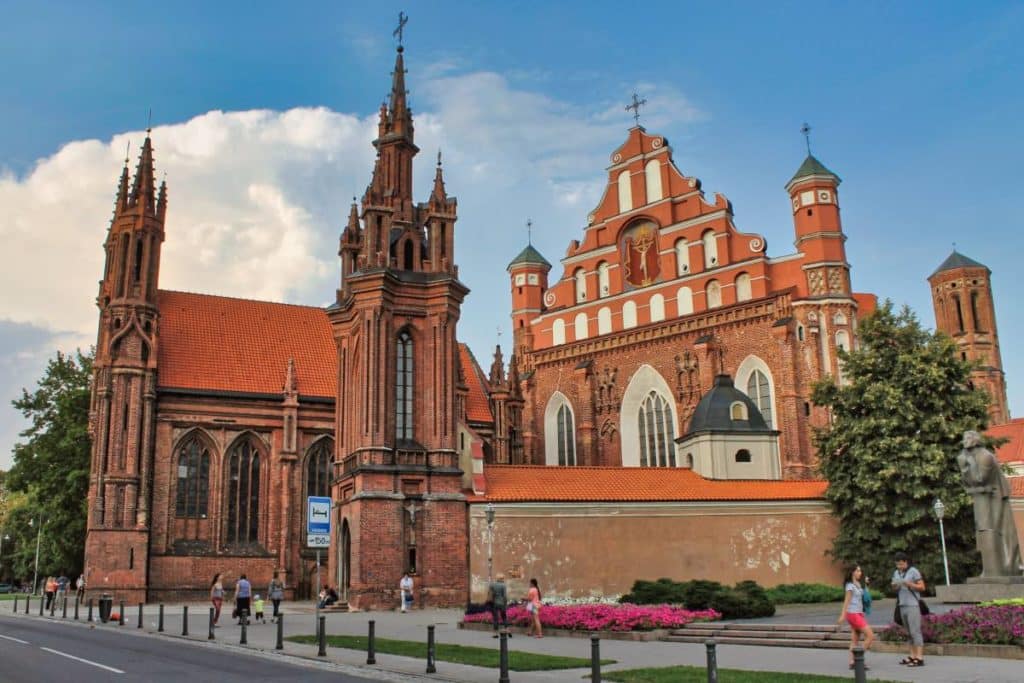
Vilnius
Two years later Vilnius (together with Linz in Austria) became European Capital of Culture. With its rich Lithuanian, Polish and Jewish heritage, Vilnius was also an excellent choice for the title of European Capital of Culture, and at the same time made the leap into modernity. Today, the city is a colorful and diverse metropolis that rivals other European cities. In addition to a huge fireworks display, which according to the organizers could even be seen in space, the Capital of Culture year saw above all the renovation of numerous buildings in the old town, thus making the Lithuanian capital with its many historical sights fit for the future.

Pécs
Budapest, the capital of Hungary, is definitely a city that could have been put in the race as European Capital of Culture. In the meantime, however, the enormous potential that the title could have for tourism and urban development had been recognized. And since there is no shortage of tourists in Budapest, Pécs, the fifth largest city in Hungary, was chosen from a total of eleven applicants. The city, known as Fünfkirchen in German, hosted the Capital of Culture year together with Essen, which represents the Ruhr region in Western Germany, and Istanbul 2010.
The motto chosen was “The Borderless City,” which perfectly reflects the rich Hungarian, German, Croatian, Ottoman and Serbian heritage of the city in the south of the country, where even today nine recognized minorities live with their own self-government. In addition to transforming entire streets into cultural districts and several infrastructure projects, special focus was placed on a rich program of events.
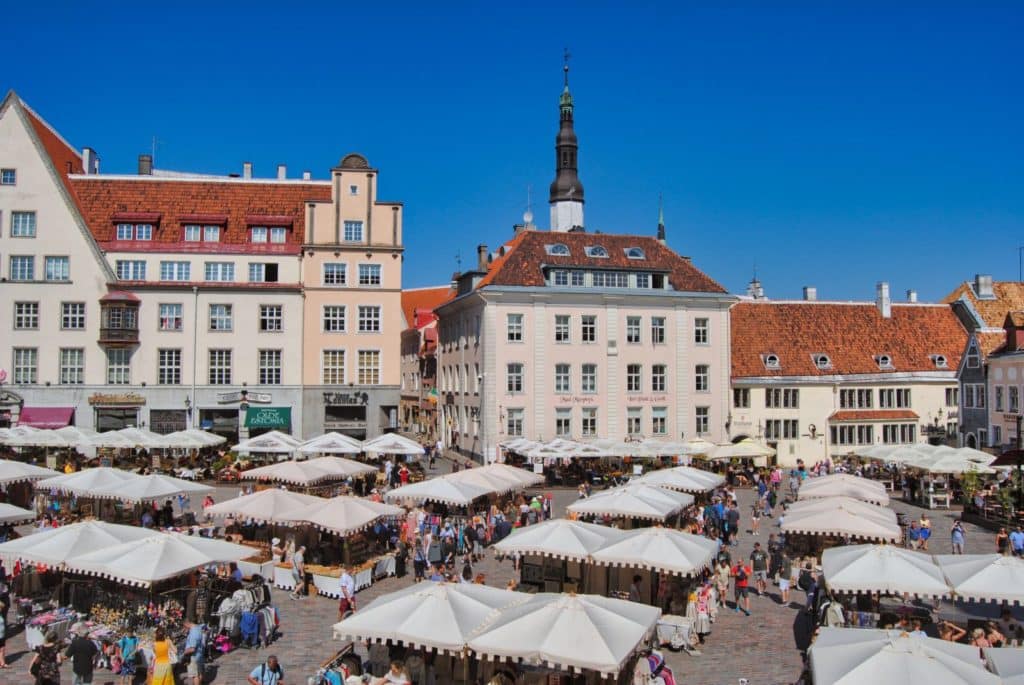
Tallinn
Just one year later, the decision was made to go to the far north, where the Finnish city of Turku and the Estonian capital of Tallinn won the bid. Under the motto “Stories by the Sea,” one of the projects in the old Hanseatic city was to transform the sea promenade into a so-called cultural kilometer. This led up to a former Soviet prison, around which a lively and hip neighborhood subsequently developed, offering an interesting contrast to the historic old town.
Maribor
Surprisingly, in 2012, when it was Portugal’s and Slovenia’s turn, the choice was not Lisbon or Porto (both had already been European Capitals of Culture), but Guimarães in Portugal, and Maribor in Slovenia, rather than the capital Ljubljana.
The second largest city in the country is located in Lower Styria on the Drava River and is a popular tourist destination, especially because of its historic old town center. With its Jewish and Austrian past, but also its many Hungarian influences, Maribor was also a good choice. Known for its rare wine Blauer Kölner (made from the oldest grapevine in the world), the city hosted the Capital of Culture year along with several smaller towns in eastern Slovenia, focusing primarily on a rich and varied range of events.

Košice
A year later, it was off to Marseille and not to the Slovakian capital of Bratislava, but to Košice in the east of the country. The second largest city in Slovakia has also been strongly influenced culturally by Hungarians and also has a high Roma population. The large, almost completely protected old town with the Elisabeth Cathedral, the largest church in the country, and many other architecturally historically interesting sacred buildings were a factor with which Košice could score points. A rich cultural scene with several theaters and museums did the rest. The EU funds that came with the title of European Capital of Culture were invested especially in the cultural infrastructure, so that Košice still has the richest cultural offerings in the entire country after Bratislava.

Riga
It was the turn of Riga, the largest city in the Baltic States, in 2014. With its Art Nouveau buildings and Gothic structure in the center, Riga alone would be worth a trip. Its rich German heritage and the important role the city played during the Reformation were other factors that made the old Hanseatic city the logical choice for the title of Latvia’s first European Capital of Culture. For the Capital of Culture year, a spectacular building project was realized in the form of the Latvian National Library, and a new concert hall and a museum of contemporary art were also built. Coupled with many events, Riga has also been able to profit sustainably from the year like hardly any other city, and not only tourists but also the local population benefited greatly from the event.
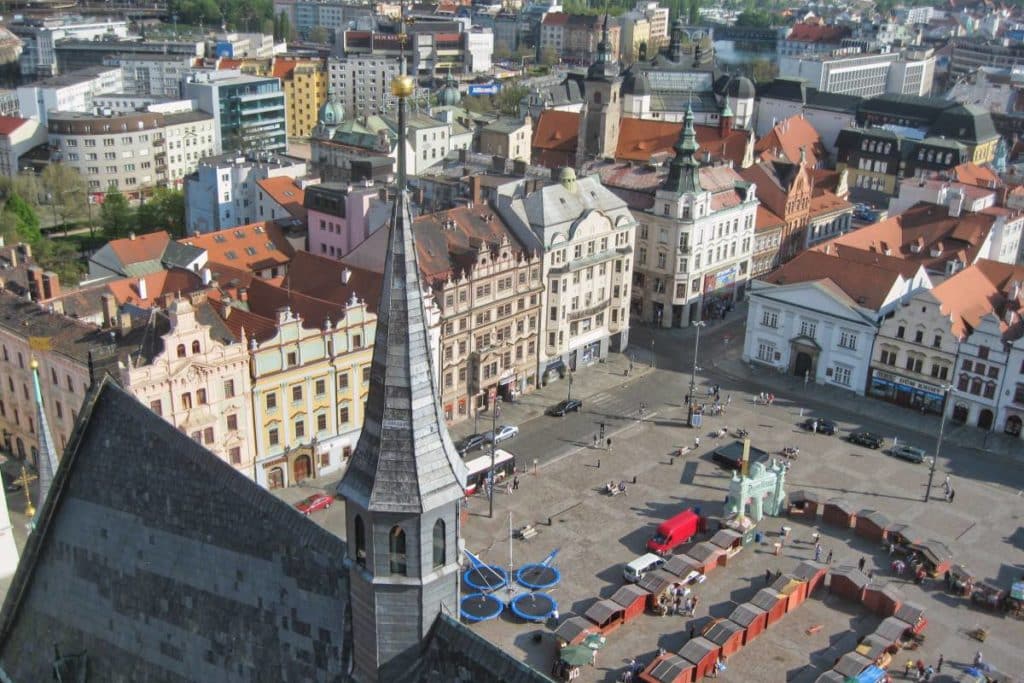
Plzeň
Most people know Plzeň for its beer, which is definitely the Czech national drink. However, the Bohemian metropolis has much more to offer and boasts a wonderful old town. The strong German influence, which was felt here until World War II, makes for an interesting cultural mix and consequently Plzeň was allowed to hold the title of European Capital of Culture in 2015, along with Mons in Belgium, narrowly beating out Ostrava. Around 600 events took place. This also led to the fact that Pilsen is currently very popular with German and Austrian tourists, whereby the beer certainly also plays a role here …

Wrocław
Wrocław was the Capital of Culture in 2016, together with San Sebastián in Spain. Like many other places in our list, Wrocław is a city where several cultures have left their mark, in this case mainly German and Polish. The city experienced a real boom in the Capital of Culture year and was already well prepared beforehand.
Things didn’t start out particularly well when a marten caused a short circuit at the opening ceremony and tens of thousands of people in the city were suddenly without electricity. But the next few months went better, with a whopping 4,000 events taking place, an average of more than ten a day. Culture was not only promoted in 2016, but people took the momentum with them and continue to promote art and cultural initiatives in Wrocław today, which is why the flow of visitors, especially from Germany, has only been slowed by Corona since then.

Plovdiv
In 2017 and 2018, there was no European Capital of Culture in the east of the continent. In 2019, it was then the turn of a Bulgarian city for the first time. Here, too, the focus was not on the capital Sofia, but on ensuring a positive boost for tourism in Plovdiv. Compared to the Black Sea region and the capital Sofia, Plovdiv had long been a tourist shadow. Plovdiv has been inhabited for about 8000 years and is therefore one of the oldest cities in the world. The coexistence of Bulgarians, Jews, Muslims, Catholics, Armenians and Roma does not always function smoothly, which is why the year was held under the motto “Together”. A spectacular opening show with a 30-meter-high video tower was followed by many exciting events, but in the long term the city was able to benefit only slightly from the Capital of Culture year.

Rijeka
The Croatian city of Rijeka had the great misfortune to have its turn in 2020, the first year of Corona. Under the motto “Port of Diversity,” the city, where Slovenians, Italians and Austrians also enriched life, had a lot planned. 600 events were planned, most of which fell through because of Corona, and the tourist crowds also failed to materialize. The fact that the EU Commission granted Rijeka and Galway in Ireland the right to extend the Capital of Culture year until the middle of 2021 is admittedly little consolation; after all, tourist travel is virtually impossible even until then.
Timișoara
Timișoara was actually scheduled for 2021, but is now to switch to 2023. The third-largest Romanian city, which was shaped in its history by the Danube Swabians, but also by many Hungarians, is a good choice, but at present it is still completely open how the Capital of Culture year, which was canceled at short notice, will be organized.

Novi Sad
In 2022, Novi Sad became the first city outside the EU to be named European Capital of Culture. The aim is not only to show the candidate country a European perspective, but also to draw the attention of European tourists to the city in Vojvodina. Serbia prevailed with Novi Sad against competitors from Bosnia, Albania, North Macedonia, and Montenegro, which also want to join the alliance.
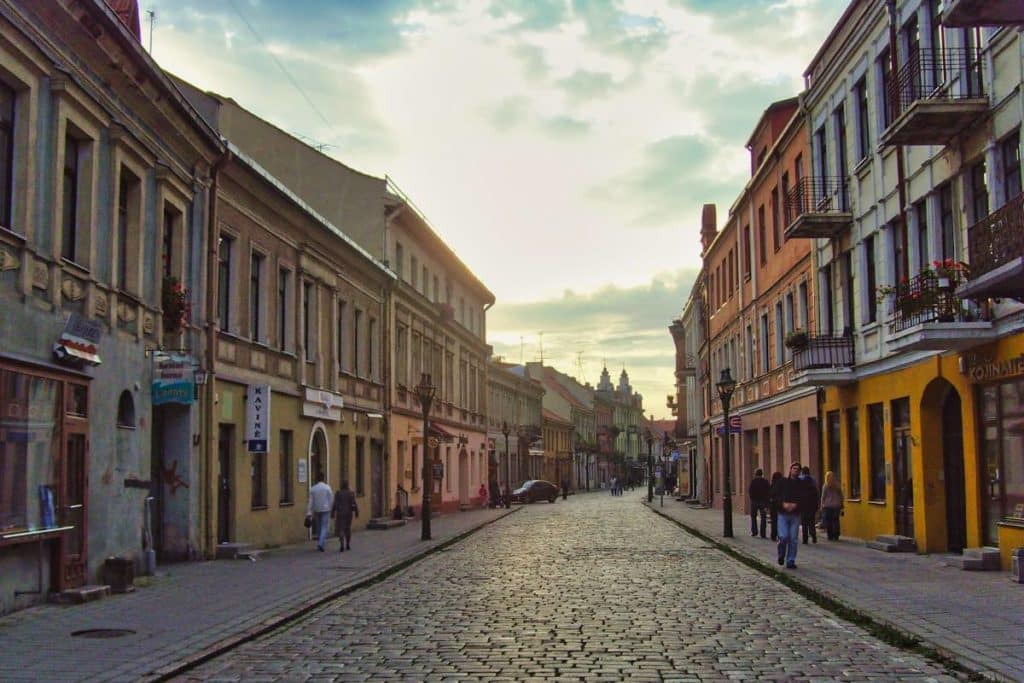
Kaunas
Since Vilnius was already European Capital of Culture in 2009 and now it’s Lithuania’s turn again, the choice for Kaunas 2022 was only logical. The country’s second largest city is an important cultural center and has a common Lithuanian-Polish-Jewish heritage, a pretty old town and numerous unusual museums. It will be interesting to see what Kaunas will come up with, but here, too, the impact of Corona is still unclear.
Veszprém
Veszprém is probably familiar to handball fans among our readers. The city is only the 16th largest city in the country and has less than 60,000 inhabitants. Why Veszprém was chosen anyway? The city was important in the Middle Ages and, like Plovdiv, is one of the oldest cities in Europe. After almost complete destruction during World War II, Veszprém was impressively rebuilt immediately after the war. Numerous historical sights, important educational institutions and a lively cultural scene were other points that led to the selection of Veszprém as the European Capital of Culture.
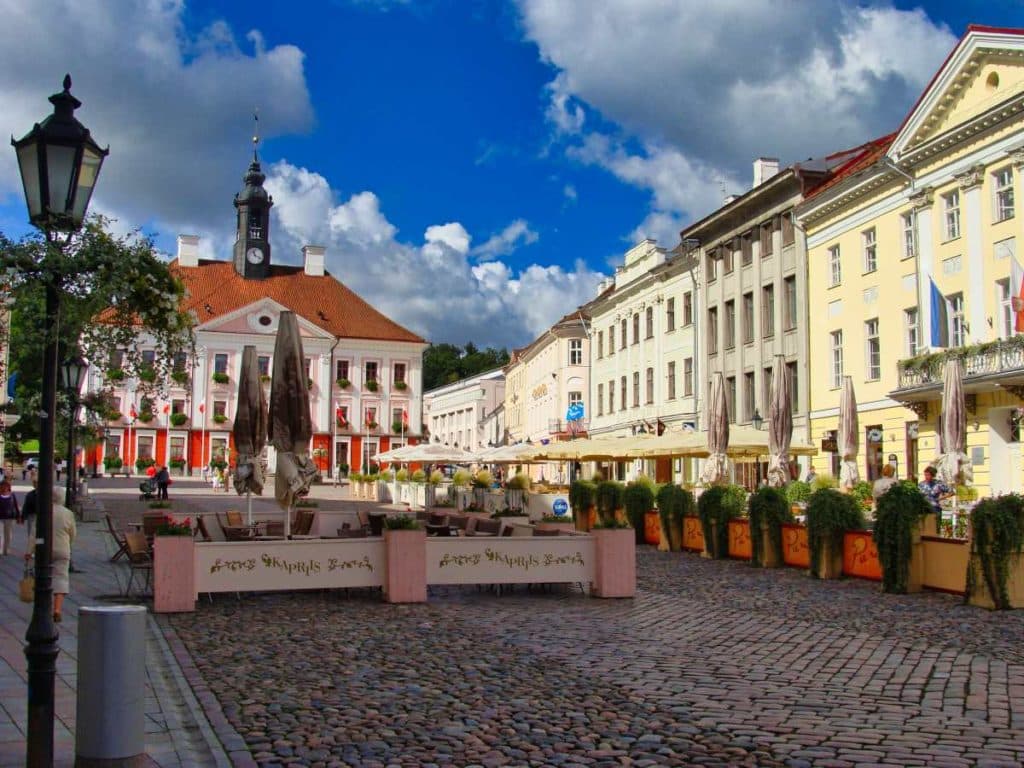
Tartu
Tartu can be mentioned with a clear conscience together with well-known student cities in the West. In terms of flair, the city hardly differs from Oxford, Heidelberg or Uppsala. With a population of just under 100,000, Tartu is quite small, but it is Estonia’s second-largest city after Tallinn and, in a sense, the cultural cradle of the country. And yet, a lively alternative culture has established itself here. In addition, there are also many classic sights to see. Especially the town hall square and the cathedral hill are worth a visit, but there is also a lot to discover. Therefore, we have already presented Tartu to you in a separate article. However, it is not yet clear what is planned for the Capital of Culture year 2024.
Nova Gorica
And once again it is not Ljubljana that has won the bid in Slovenia, but after Maribor in 2012, now Nova Gorica in 2025. The city, known in German as Neu-Görz, is located in the very west of the country and is probably only known to insiders. Nova Gorica was chosen because the city is, in a sense, divided. Nova Gorica is on the Slovenian side, while Gorizia is part of the Italian region of Friuli. A nice idea, so to strengthen the region and promote European cohesion!
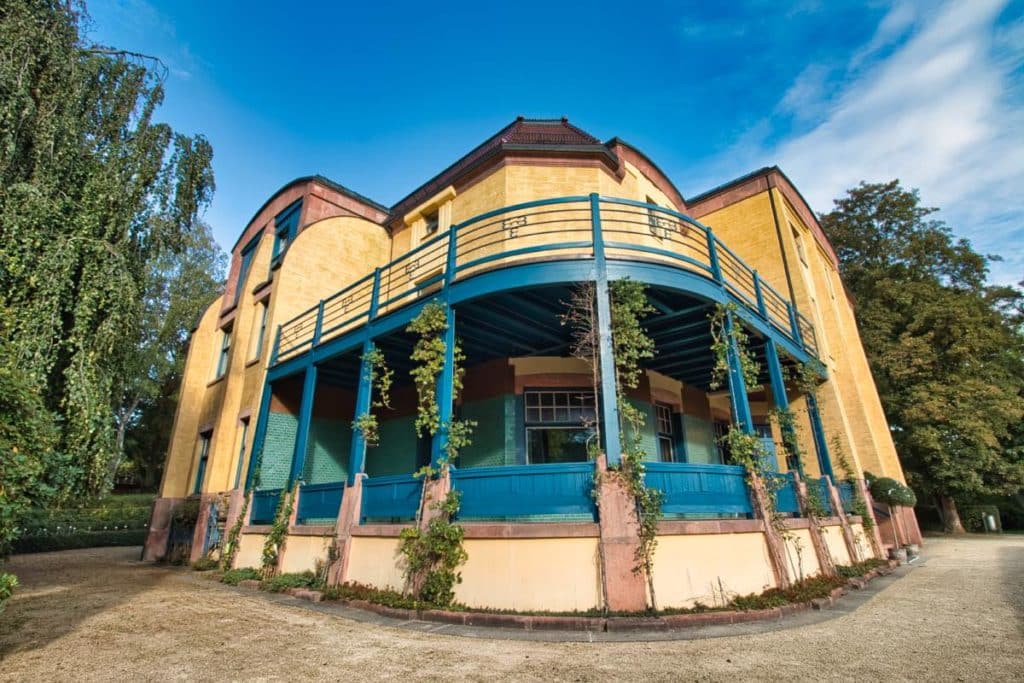
Chemnitz
But Nova Gorica is not the only city that will hold the title of European Capital of Culture in 2025. Eight German cities competed for the coveted title: Hanover, Hildesheim, Magdeburg, Nuremberg, Gera, Dresden and Zittau lost out to Chemnitz, which was awarded the title mainly because of its pioneering role in the development of modernist architecture. It will be interesting to see what the former Karl-Marx-Stadt will come up with.
It will be Slovakia’s turn in 2026, Latvia’s in 2027, the Czech Republic’s in 2028, Poland’s in 2029 and Bulgaria’s in 2032. However, it has not yet been decided which cities will then become European Capital of Culture.
How did you like our little overview of the European Capitals of Culture in the East? Let us know and write us a comment. And feel free to follow us on Facebook to stay up to date with the latest articles.


